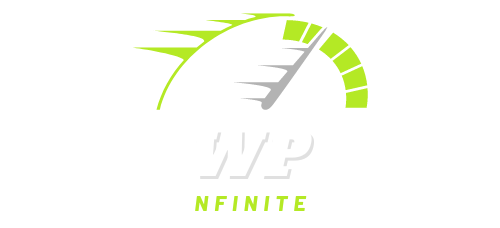Avoiding Enormous Network Payloads in WordPress
Avoiding enormous network payloads focuses on reducing the total size of the resources that are downloaded by a browser to display a web page. This metric is crucial for optimizing the performance of any WordPress site, as large files can significantly slow down page load times.
Impact on WordPress Performance
- Slower Page Load Times: Large files take longer to download, which directly affects how quickly a page becomes usable. This can be particularly noticeable on mobile devices or in areas with slower internet connections.
- Increased Server Load: Serving large files requires more server resources, which can lead to higher hosting costs and potential server performance issues during peak traffic times.
- Poor User Experience: Users may experience delays in interacting with the page or find that it loads incrementally, which can be frustrating and lead to a higher bounce rate.
- SEO Impact: Search engines like Google consider page speed as a ranking factor. Websites with slower load times due to large files may rank lower in search results.
How to Resolve Enormous Network Payloads
- Optimize Images:
- Use appropriate image formats. For instance, WebP offers superior compression and quality characteristics compared to more traditional formats like JPEG and PNG.
- Compress images to reduce their file size without significantly affecting their quality.
- Serve scaled images to ensure that the images are not larger than their display size in the browser.
- Minify Resources:
- Minify CSS, JavaScript, and HTML. This removes unnecessary characters from code like whitespace, comments, and new lines.
- Use tools or plugins that automatically handle minification for you.
- Enable Compression:
- Use compression methods such as GZIP or Brotli to reduce the size of CSS, JavaScript, and HTML files before they are sent over the network.
- Limit Use of Redirects:
- Each redirect creates additional HTTP requests and can significantly increase the load time.
- Optimize Fonts:
- Only include the character sets you use on your site.
- Limit the number of font weights and styles to those you actually need.
- Use Efficient CSS and JavaScript:
- Avoid excessive use of CSS and JavaScript libraries that add unnecessary weight to your pages.
- Leverage Browser Caching:
- Configure your server to enable browser caching. This makes repeat visits faster as the browser doesn’t need to repeatedly download static resources.
- Streamline the Number of Requests:
- Combine files where possible to reduce the number of HTTP requests.
- Use CSS sprites to combine multiple images into one, reducing the number of image requests.
- Utilize CDN (Content Delivery Network):
- CDNs can cache your static assets on servers around the world, ensuring they are delivered quickly to users no matter their location.
- Monitor and Audit Regularly:
- Regularly use tools like Google PageSpeed Insights, GTmetrix, or WebPageTest to identify and manage the size of your network payloads.
By addressing these factors, you can significantly reduce the size of the payloads your WordPress site needs to load, leading to faster page speeds, improved user experience, and potentially better SEO rankings.
